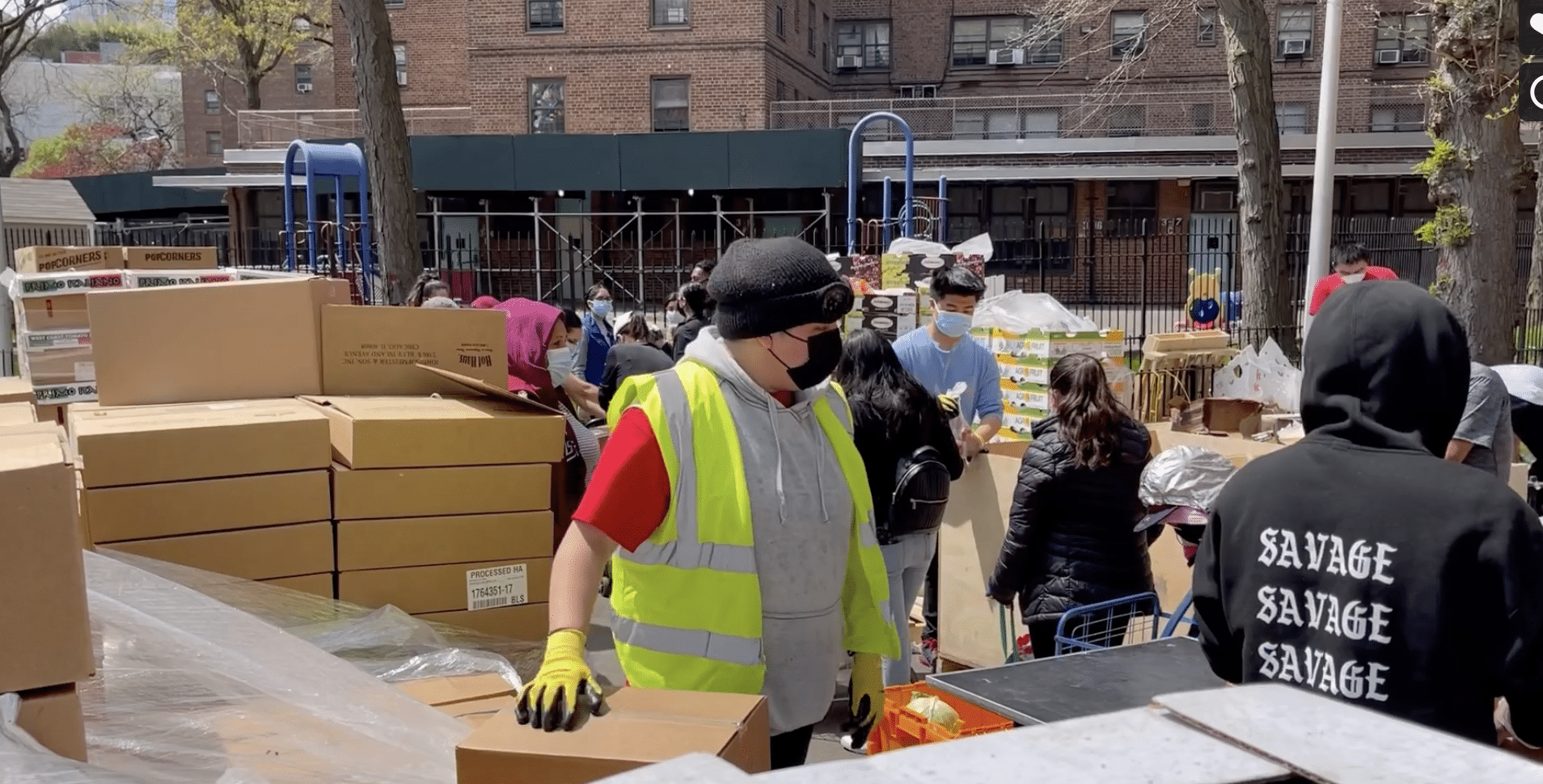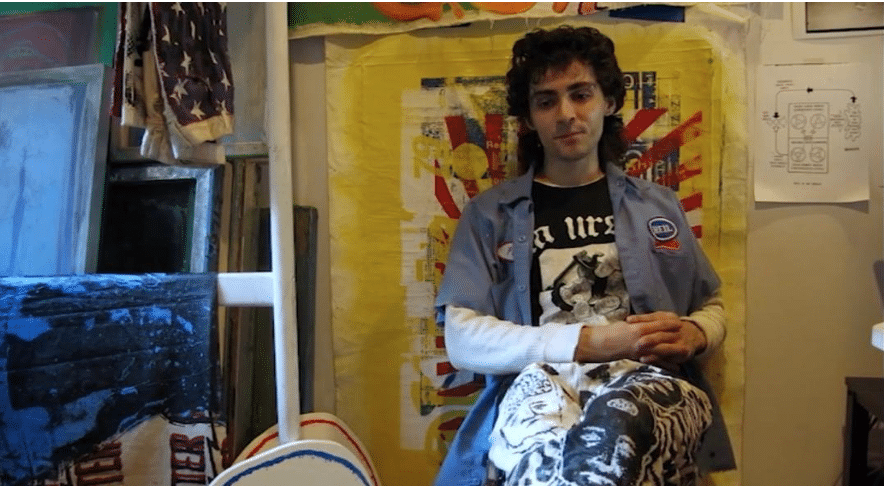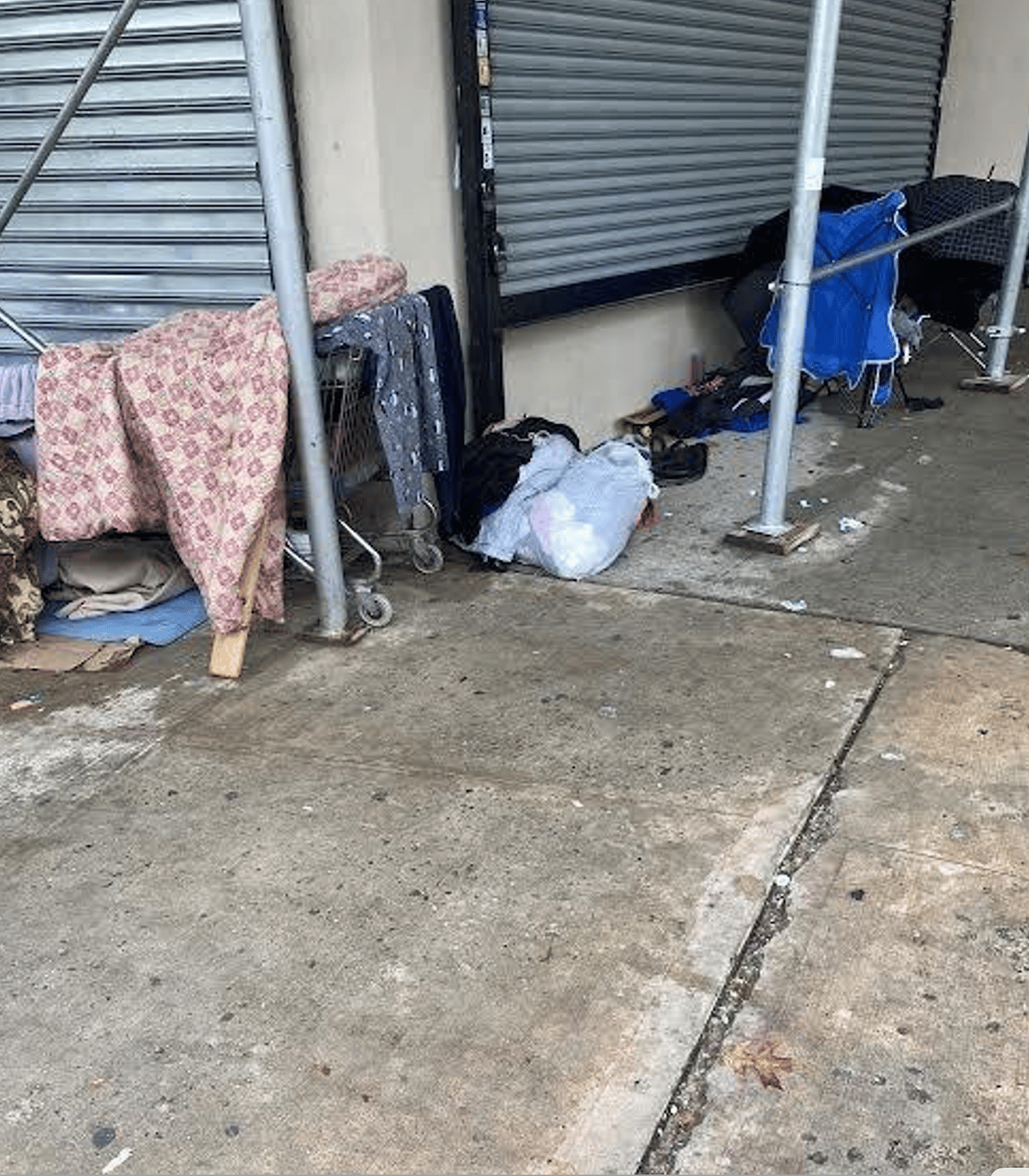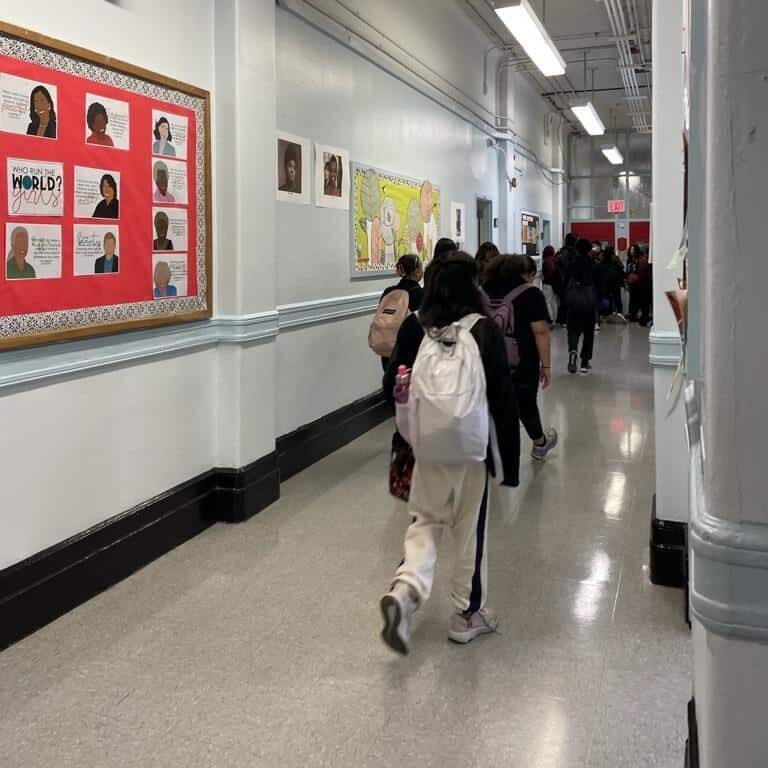Under Mayor Eric Adams new policies, the NYPD no longer allows homeless individuals to sleep on trains or subway platforms. Photo by Brad Bang on Unsplash.
“There’s only so much you can do. What if they don’t want to be helped?” Aliyah Ghany said. The Hunter College freshman rides the F train back and forth from her home in Queens to school. She feels bad for the homeless people in the subway but doesn’t know what to do. Sometimes she offers them money. She knows the problem has gotten worse.
In February Mayor Eric Adams said, “The days of turning a blind eye to this growing problem are over.” According to The Guardian, an estimated 2,400 people live unsheltered in the city, many turning to the subways at night. Adams wants to clean up the subways and make them safer for commuters. He also wants to help people who need assistance.
Adams has had the New York City Police Department (NYPD) assign more officers to the subway to enforce the rules. People are no longer allowed to sleep on the trains. In addition, Adams said the city will not tolerate sleeping on the platforms. When the train reaches the end of the line everyone must exit the train. The police now wake people up at the last stop, tell them they can’t stay there, and ask them if they need help.
According to City Limits, since February when the mayor launched his cleanup plan, teams have engaged with people about 150 times, and 22 have been taken to shelters. The mayor has also put high-ranking police chiefs in subway stations.
Clinicians, medical staff, and police officers are going in groups approaching the homeless, offering aid and other services. They propose alternatives like homeless shelters or a soup kitchen.
Many New Yorkers think the emphasis should be on mental health services. Sarahi Hernandez, a sophomore at The City College of New York (CCNY), said, “They need proper medical and mental care.”
Junior Trinity Lazaro, another City College student, feels the same way. “They need proper mental and physical health centers, as well as safe places to live, so they can rebuild their lives,” she said.
Joe Zapato rides the subway to and from his job at the Dollar General in Richmond Hill, Queens. His brother is a New York City subway motorman. Zapato agrees the city should help the homeless, “It’s great; with the funding New York gets they should help people in those situations,” he said.
While New Yorkers want change, they wonder how the mayor’s plans will work out. City College junior Ana Alvarez said, “Having more people to add to the already problematic MTA system doesn’t sound promising.” While junior Camila Santos said, “It sounds good and pretty on the outside, but I don’t think it’ll actually work … They’re only resorting to helping the homeless now as a result of danger on the subways”. She wants more action to be taken beyond shelters and soup kitchens. “There has to be permanent housing and a system that isn’t built against the homeless,” she said.
Tags: Annisha Singh CUNY Journalism Eric Adams Homeless Shelter Homelessness Luca Goldmansour Mayor Eric Adams New York City subways NYC College Students NYC Mayor Eric Adams Soup Kitchens Student Journalism Students Question Policies Subway Subway Safety Plan The City College of New York






